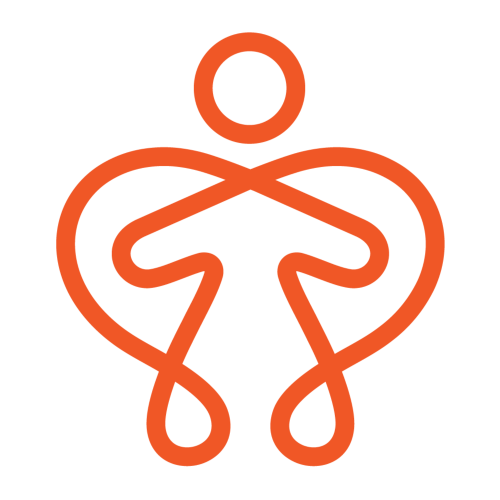There are very few areas of life that technology does not touch now. When I trained and qualified as a physiotherapist the technology extended to a digital screen on an electrotherapy machine, checking emails through a DOS based program using dial-up connection and using 3.25inch floppy disks to install Physiotools for a selection of exercise images that saved the effort of drawing poorly represented stick people to explain home exercises. This was a time before connectivity, before wifi, iPads, touch screens, 4K screens and all the opportunities that these now taken for granted features of our ‘modern world’.
Growing up I was fascinated with technology. It was mainly games that I enjoyed - what child doesn’t. My youth was spent waiting for cassettes to ‘play’ on the Spectrum ZX2+, the wait somehow enhancing the enjoyment of the game - anything taking 15mins to load up had to be good, otherwise, what was the point!?
Needless to say when Nintendo bought out the Wii, in the early noughties, the genius of the console, which combined gaming with movement, attracted my attention as a physiotherapist. Using the Nintendo Wii in the early days was very much as a tool in sessions rather than calling it a ‘treatment’ as whilst it encouraged the movements that were desired it didn’t provide any feedback. It did however motivate the patients who, for the most part, had never experienced gaming. I have had patients working harder cardiovascularly whilst playing Wii Boxing than I had seen whilst working with them in a gym. The game play distracted their attention from the hard work that they were investing in playing the game. Then of course there’s the addictive aspect, the ‘Can i score higher’, ‘can I beat my opponent’ and ‘I can do better than that’ components which most of us are familiar with if we have played any sort of interactive game. Of course I am not endorsing addiction but I am suggesting that when used sensibly, the desire to want to improve can be harnessed to promote rehabilitation.
Successful rehabilitation relies on movement and more often, repetition. Historically a physiotherapist will (or should) advise on a series of exercises, tailored to the clients needs, to help strengthen, loosen, stretch or stabilise a joint or body area. The variations to these exercises are endless and the experienced physiotherapists will individualise the exercise programs and then progress them, adding new exercises and removing ones that are superseded. Progression is a balancing game but overall improvement relies heavily on it occurring at the right pace for the patient. Too slow and the patient won’t progress and might even loose interest or faith in the rehab programme. Too fast and the patient may well be set up to fail with equally damaging effects to the overall programme.
But what does technology have anything to do with progress? Everything. As physiotherapists we need quantifiable help to chart and record progress. Traditionally these are measured using time, range, strength etc but technology can calculate progress far quicker and far more reliably that traditional methods and the software to do this is already available. Whether this technology is used in a camera app to measure posture, in a body sensor to measure spinal alignment, a ball used for hand function or a platform using the kinect that measures whole body movements. Because it is the same software and the same camera, when it measures the same patient it can identify the same measurements and compare, highlighting improvements or deteriorations. All this without the physiotherapist having to measure anything. The physiotherapists job is to then analyse and amend the levels of interaction with the games or softwares, but this is a skill which is engrained over the years from performing the assessment and adjustment of exercises manually.
Some may prefer the old methods, and that is fine. The old ways are still just as valuable as they ever were, they offer a human touch to the rehab process. The new technology ways, I think, offer more opportunities for patients to exercise and be observed away from the clinic or treatment area. When used in their own homes the rehab can truly become more immersed in daily life and when movement is increased, so is the potential for rehab. Technology can be a valuable asset in motivating the movement that is required on a patient's progressive rehab journey.

